|
YARMAND - Ottawa Chainsaws is a highly reviewed Stihl Dealer in Ottawa with 750+ Reviews. The average star rating is 4.7 out of 5.0.
You can find great selection of Stihl products, accessories and parts at YARMAND's showroom and service centre. YARMAND team believes in making peace of mind the priority for all customers. To discover more: visit Stihl selection here or Stop by at YARMAND Store at 1642 Woodward Dr. Ottawa Ontario, Canada K2C 3R8
0 Comments
Why should I choose a Husqvarna chainsaw?
There are two main reasons: quality and service. Husqvarna has manufactured chainsaws for commercial use since 1958 and is one of the world’s leading chainsaw manufacturers. Obviously this also benefits you when you buy a chainsaw for leisure use. Our products are sold only at qualified dealers by knowledgeable staff, who can help you select the right machine. How do I learn to use a chainsaw properly? The fundamentals of cutting techniques, safety and maintenance can be studied in the manual of your Husqvarna chainsaw and in various instruction books or films, like the ones offered by Husqvarna. Continuing education and practice can help achieve professional results. I have heard about TrioBrake. What is that? TrioBrake is a unique system developed by Husqvarna to increase the safety of our chainsaws. With TrioBrake, in the event of a kickback the chain brake can be activated in three ways: by inertia and by the user’s right or left wrist. What type of chain oil should I use? Never use waste oil. To maximize the life of the saw bar and chain we recommend our own high quality saw chain oil, optimized for Husqvarna Chainsaws. How do I choose the right chainsaw? You should first consider how often you will use the saw and what you will use it for. For instance, if you occasionally cut firewood and fell a few trees around your home, you may prefer a leisure saw like the Husqvarna 240 e or an all-round chainsaw like the Husqvarna 450. What protective equipment do I need to operate a chainsaw? You should never operate a chainsaw without protective chaps or pants with chainsaw protection, a helmet with visor and hearing protection, boots with chainsaw protection and gloves, You should also carry a first aid kit and preferably a mobile phone. When should I file the chain? Can I do it myself? A sharp chain chews through the wood effortlessly, producing coarse sawdust. A dull chain produces wood dust and requires exerting additional pressure on the saw in order to cut. A rule of thumb is to file the chain each time you refuel the chainsaw. You can do it yourself - resist is to use a Husqvarna file kit. What type of fuel should I use in a Husqvarna Chainsaw? Husqvarna chainsaws should always be run on mixture of gasoline and good-quality 2-stroke oil. If you use Husqvarna 2-stroke oil, which is optimized for Husqvarna’s engines, a 2% mixture is sufficient. Ask your dealer for advice. What is the difference between grass trimmers and brushcutters?
A grass trimmer is a smaller, lighter machine, made for trimming the lawn where the mower is unable to reach. Brushcutters and forestry clearing saws are more powerful machines; they can clear high grass, heavy brushwood and small trees. I want to trim the lawn and clear brush. Do I need two machines? You can use the same machine for both jobs if you choose the right model. Many models come complete with trimmer head and grass blade. Combi-trimmers offer flexibility for changes between weed trimming, brush cutting and edging. I live in a quiet residential area where noise can upset the neighbors. Do you have any quiet-running machines? We have models specifically designed for residential use. The Husqvarna 122C is designed to operate at lower noise levels than other trimmers. With so many manufacturers, why should I choose a Husqvarna? Husqvarna has manufactured commercial-grade trimmers and brushcutters for decades and has long been one of the world’s leading manufacturers. If you want a quality machine that will give you excellent service for many years, Husqvarna is a great choice. Is it difficult to use a brushcutter? Not with the right techniques. Many Of our products are supplied with ergonomic harnesses that take the weight off your arms, shoulders and back. The fundamentals of operating techniques, safety and maintenance are found in the manual of your husqvarna product. There are also training courses available. Do I need to wear protective equipment? When using a brushcutter or trimmer you should use protective eyewear and a visor, protective trousers and boots, gloves and hearing protection. What type of fuel should I use in Husqvarna grass cutter? Husqvarna grass cutters with 2-stroke engines should always be run on a mixture of gasoline and good-quality 2 stroke oil. If you use Husqvarna’s 2-stroke oil, which is optimized for Husqvarna’s engines, a 2% mixture is sufficient. Machines with 4-stroke engines must use straight gasoline. Ask your dealer for advice. What types of cutting equipment are available? Grass trimmers are used with a trimmer head with trimmer line. Brush Cutters can be equipped with either trimmer head, grass blade or saw blade depending on type of application. The focus of this years training was the Husqvarna model 525 series of trimmer.
Our Master Tech also had an opportunity to: > Perform a full tear down of the model 525 powerhead. > Learn about Smart Switch exclusively on Husqvarna branded products > Learn about the Revolutionary AWD walk behind mower. > How to work with Battery Operated diagnostics and Battery Operated software and programming. > Introduction to the new 129 series of trimmers. Our aim is to always keep updated on new technologies to serve our customers better Husqvarna has a long history that is rich in tradition, starting with the very first Husqvarna factory established in 1689. From homeowners to full time professionals, our chainsaws are ideal for anyone who requires first class quality, durability and ergonomics.
Take a minute to familiarize yourself with the basic components of the Husqvarna chain saw. They are; the cylinder cover, the starter handle, the air purge, the stop switch also known as the ignition or on/off switch, the rear handle, the choke control or start throttle lock, the fuel tank, the chain oil tank, the throttle lockout, the decompression valve, the front hand guard, the bar and chain, the bumper spike, the chain tensioning screw, the chain catcher, the oil pump adjustment screw, the clutch cover, the throttle control, the combination spanner, the bar guard, the information and warning decal and the product and serial number plate. The 20th Annual Ottawa Green Trade Expo 2013 once again brought landscape professionals, equipment dealers and industry experts all under one roof at the Earnst & Young Center on February 13th, 2013. The Green Trade Expo is Eastern Ontario's premiere trade show hosted by the Ottawa Chapter of Landscape Ontario.
The organizers put a lot of effort making this year's show bigger and even better than last year. There were many new products, services and ideas on show to help you grow your business, save time and money on things your business needs, great educational sessions, and many networking opportunities. The expo brought together wide array of representatives from different segments of the industry: Industrial landscaping and construction Equipment, Equipment Accessories, Landscaping supplies, irrigation, garden centre supplies, nursery products, lighting and more. Landscape professionals had a chance to interact with dealers of many reputable brands: BOB-CAT, Kubota, CAT, John Deere, Husqvarna, Toro, Ferris, Exmark, Ryan, twin equipment, nortrax, Echo, Tanaka, and more. See you all at the Green Trade Expo 2014! More information contact the experts: yarmand.ca or OttawaProEquipment.com Why do I need pay attention to the fuel?
If you buy your gas at a gas station in North America then more than likely what you are buying contains corn-based ethanol. Because today’s gasoline contains ethanol and alcohol, it absorbs water if exposed to air. In many cases the operator is unaware that their gasoline has become contaminated with water and unintentionally pours it into their unit. This is because your fuel mixture will separate into layers if it contains a high enough percentage of water. If you don’t shake your mixture, you may unintentionally pour a damaging concentration of water into your unit. Always vigorously shake the fuel mixture immediately before pouring. Always stabilize your fuel to minimize this problem. Ethanol fuel or ethyl alcohol is an alcohol additive that is commonly used in nearly all gasoline. It is derived from renewable resources such as corn, sugarcane and wheat. We recommend using at least 89- octane which is the mid-grade between medium and premium gasoline. Fuel that is labelled E-15, E-20, E-85 and Diesel fuel are not acceptable fuels and will cause significant damage to outdoor power equipment. Possible Symptoms related to fuel: > engine is difficult to start > engine starts but doesn't run smooth > gas is leaking from carburetor > Cracked/damaged fuel line If any of these symptoms apply to your equipment, it may require a carburetor overhaul. After carburetor has been overhauled, follow the following preventative steps to avoid the problem in the future. PREVENTATIVE ACTION STEPS RECOMMENDED: 1. DO NOT use any old gas sitting in your fuel container for more than 30 days. 2. Get some premium (at least 89 octane) fresh fuel. Only get enough for the season. 3. Add fuel stabilizer into the fuel container as soon as you get the gas. (use stabilizer with advanced formula that can treat ethanol blend) 4. Storage procedure: a. Fill up gas tank to the top b. Add some more fuel stabilizer to the gas tank. c. Run machine for 2-3 minutes to circulate fuel. Store machine safely. For more information contact the experts: www.OttawaSnowBlowers.com Ph: 613-724-4332 If your Husqvarna product is equipped with the two stroke engine, it must always be run using a mixture of gasoline and two stroke oil. When mixing fuel, even small and accuracies can drastically affect the ratio of the mixture, never refuel the machine while the engine is running or is hot from recent use and always make sure your fueling area has plenty of ventilation. After refueling, move the machine at least 10 feet from the refueling point before starting it. Never start the machine if you have spilled fuel on the machine, wipe off spillage and allow remaining fuel to evaporate before use. Never start the machine if you have spilled fuel on yourself or your clothes. Because all engines equipped with catalytic converters must be run on unleaded fuel mixtures, it’s important that you choose good quality unleaded gasoline. Leaded gasoline will destroy your products' catalytic converter, causing it to no longer function properly. While the manual says you can use 87 octane, you should use at least 89 octane in order to prevent knocking, a condition caused by high engine temperature and increased bearing load, sometimes resulting in serious engine damage.
For best results, use Husqvarna brand two stroke engine oil that is FT certified. This oil's specially formulated for air cooled two stroke engines. All Husqvarna products use a 50 to 1 mix which means 2.6 ounces of oil are used to 1 gallon of gas. Husqvarna two stroke oil comes in convenient bottles that are easily added to 1 gallon of gas with no measuring required. Never use 2 stroke oil intended for water cooled engines such as TCW3, sometimes referred to as outboard oil. When mixing, never attempt to mix the oil with the fuel on the gas tank on the unit. Always mix gasoline and oil in a clean container intended for fuel. Start by filling half the amount of the gasoline to be used then add the entire amount of two stroke oil. Shake the fuel mixture for at least 10 to 15 seconds; add the remaining amount of gasoline and re shake for 10-15 additional seconds. Next, untwist and remove the fuel cap, pour the fuel into the tank to 80% of capacity. When finished, fasten the fuel cap securely and wipe up any fuel spillage around the unit. Do not mix more than 1 month's supply of fuel at a time, if the machine is going to be stored for an extended length of time, the fuel tank should be emptied and cleaned. Proper lubrication not only extends the life of your Husqvarna product, but it also helps prevent the chain from breaking which could lead to serious or fatal injuries. Start by checking your chain oil. Chain oil must demonstrate good adhesion to the chain and also maintain its flow characteristics regardless of whether it is warm summer or cold winter weather. As a chainsaw manufacturer, we have developed optimal chain oil, use this oil in order to maximize chain life and also minimize environmental damage. If our own chain oil is not available, make sure you use an oil specifically designed for bar and chains. Never use waste oil which can be dangerous to you, damage the oil pump and the machine and also harm the environment. All of our chainsaws have an automatic chain lubrication system on some models; the oil flow is also adjustable. The saw chain oil tank and the fuel tank are designed so that the fuel runs out before the chain oil. However, this safety feature requires that you use the correct oil. If the oil is too thin, it will run out before the fuel. When operating your chainsaw, avoid all situations which you considered to be beyond your capability. If you still feel uncertain about operating procedures after watching these videos, please consult an expert before continuing. Also consider taking a chainsaw course through you local dealer or forestry school and of course, read the owner's manual. Before you begin, make sure you are using the latest in chainsaw safety equipment. This includes a protective helmet with hearing protection or ear plugs, protective goggles or a visor, gloves with saw protection, trousers with saw protection, boots with saw protection steel toe cap and non slip soles. Always have a first aid kit, fire extinguisher and shovel nearby.
Every Husqvarna chainsaws equipped with the chain brake that is design to stop the chain should you encounter any kickback. The chain break reduces the risk of accidents but only you can prevent them. Take care when using your saw and make sure the kickback zone of the bar never touches any object. The chain break can either be activated manually with your left hand or automatically by the inertia release mechanism. Kickback can be very sudden and violent; most kickbacks are minor and may not always activate the chain break. If this happens, you should hold the chain saw firmly and not let go. Use the chain break as a parking brake when moving over short distances in order to reduce the risk of a moving chain accidentally hitting your leg or anyone else's leg. The way the chain brake is activated depends on the force of the kickback and the position of the chainsaw in relation to the object that the kickback zone strikes. If you get a violent kickback while the kickback zone of the bar is farthest away from you, the break is design to be activated by the inertia in the kickback direction. If the kickback is less violent or the kickback zone of the bar is closer to you, the chain brake is design to be activated manually by the movement of your left hand. Never refuel the machine while the engine is running or is hot from recent use and always make sure your fueling area has plenty of ventilation. After fuelling, move the machine at least 10 feet from the refueling point before starting it. Never start the machine if you have spilled fuel or a chain oil in the machine. Wipe off spillage and allow remaining fuel to evaporate. Never start the machine if you have spilled fuel on yourself or your clothes. Always wear safety glasses and the glove on the hand that is holding the bar and chain. Before
beginning, it is imperative that the chain brake is in disengaged position by moving the front hand and guard towards the front handle. Only a dealer can replace the cover if you remove it while the chain brake is in engaged. Remove the bar nuts and the clutch cover, remove the transportation rings or spacers and discard. Fit the bar over the bar bolts and place the bar in its rearmost position. Place the chain over the drive's bracket; notice the orientation of the chain with the cutter teeth facing forward on the top edge of the bar for it to be installed correctly. Locate the drive links in the groove on the bar, begin on the top edge of the bar and check that the drive links of the chain fit correctly over the drive's bracket and that the chain is correctly located in the groove in the bar. Place the chain adjuster pin in the clutch cover into the hole in the bar then fit the clutch cover onthe unit. Tighten the bar nuts, finger tight. Tension the chain by turning the chain tensioning screw clockwise using the combination spanner while holding up the bar tip. The chain is correctly tensioned when the bottom of the drive link can’t be visibly lifted above bar but the chain can still be turned easily by the hand. Tighten the bar knots with the combination spanner, do not over tighten. When using a saw with tool-less tensioning, turn the hand on 1/2 turn counter clockwise and then use the thumb wheel to tighten the chain. After fitting a new chain, the chain tension has to be checked frequently until the chain has run in. A correctly tensioned chain ensures good cutting performance and long life; never adjust the chain while it is hot. The position of the chain tensioning screw on our chainsaws varies from model to model; refer to your manual for actual location of the tensioning screw |
Ottawa's Chainsaw ExpertsArchives
October 2019
Categories
All
|
Links to our other sites:
Support Center
|
Connect with us!1642 Woodward Dr.Ottawa,
K2C 3R8, Ontario, Canada Phone: 613-724-4332 Fax: 1-800-610-5635 www.Yarmand.ca |
©2001- 2024 Yarmand Tech Ltd. www.Yarmand.ca Powered by: ClientsViews.com Privacy Policy

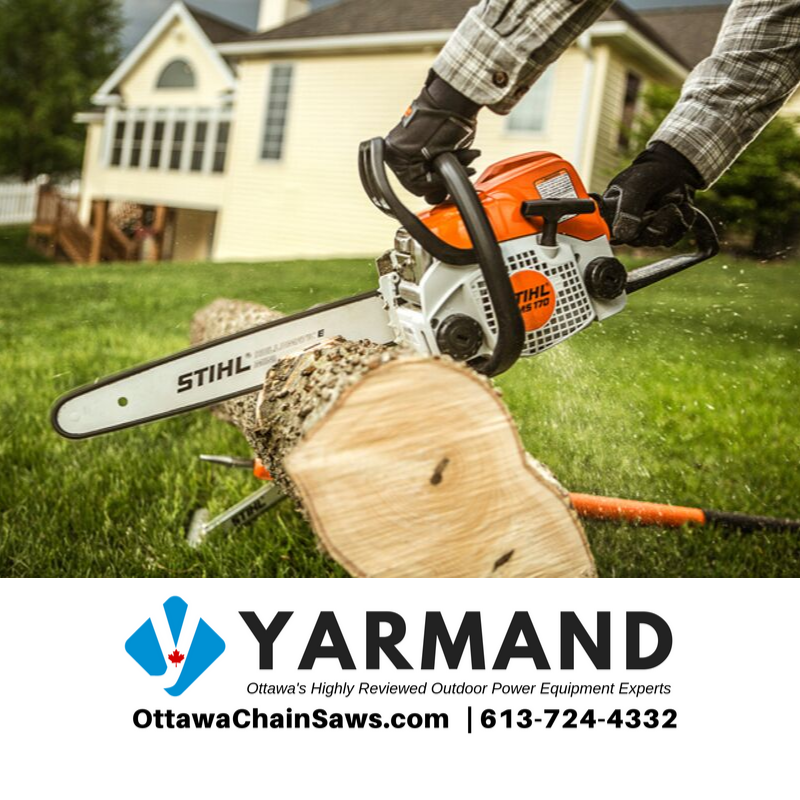
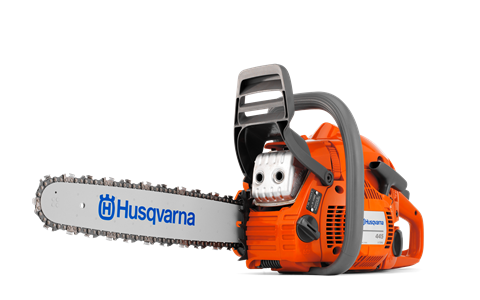
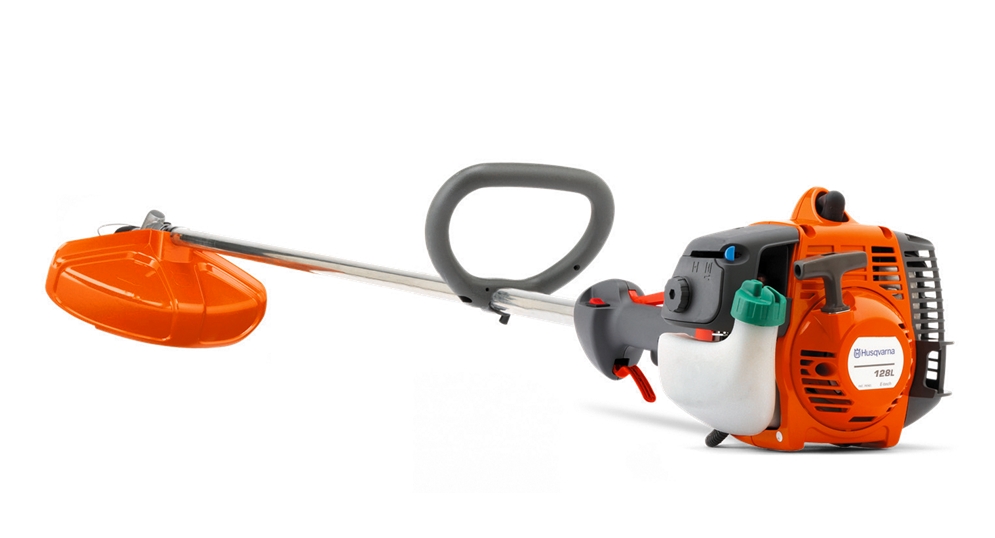
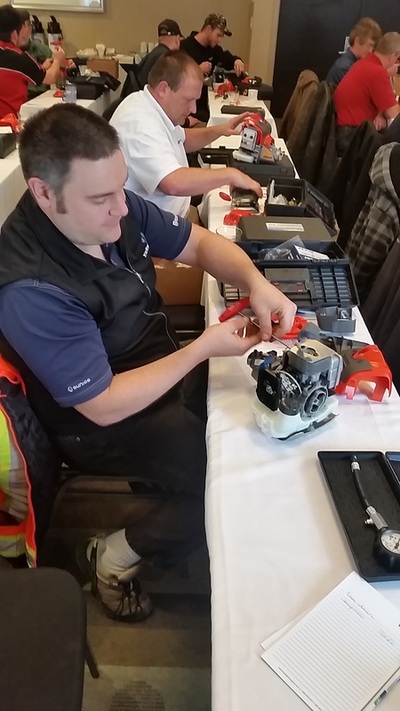
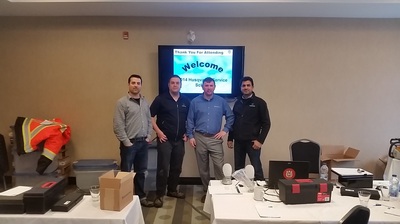
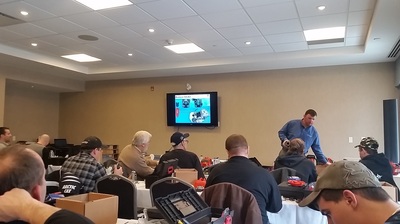
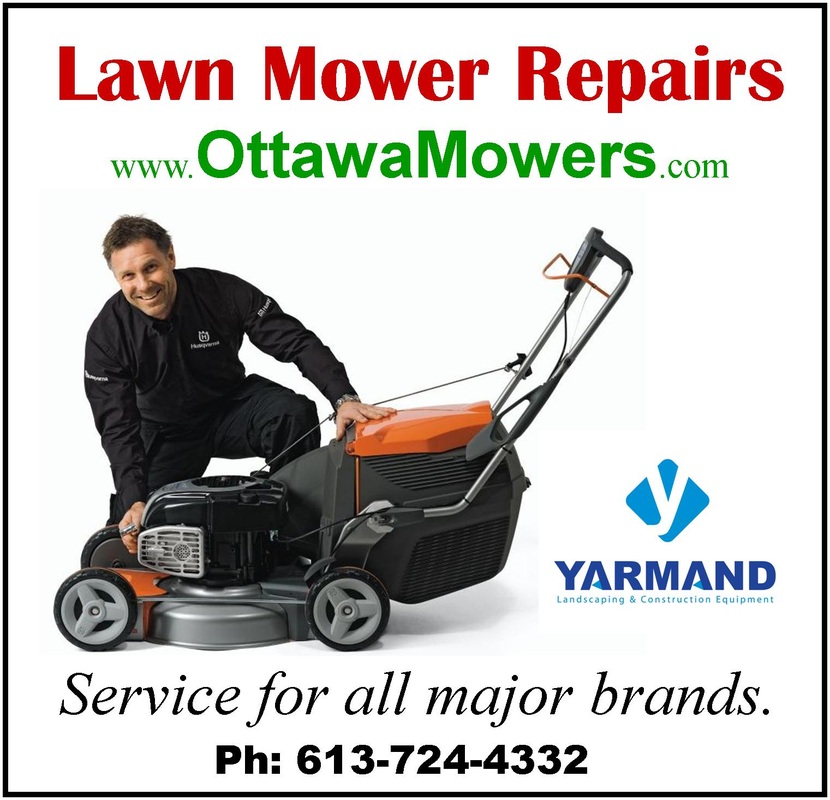
 RSS Feed
RSS Feed

